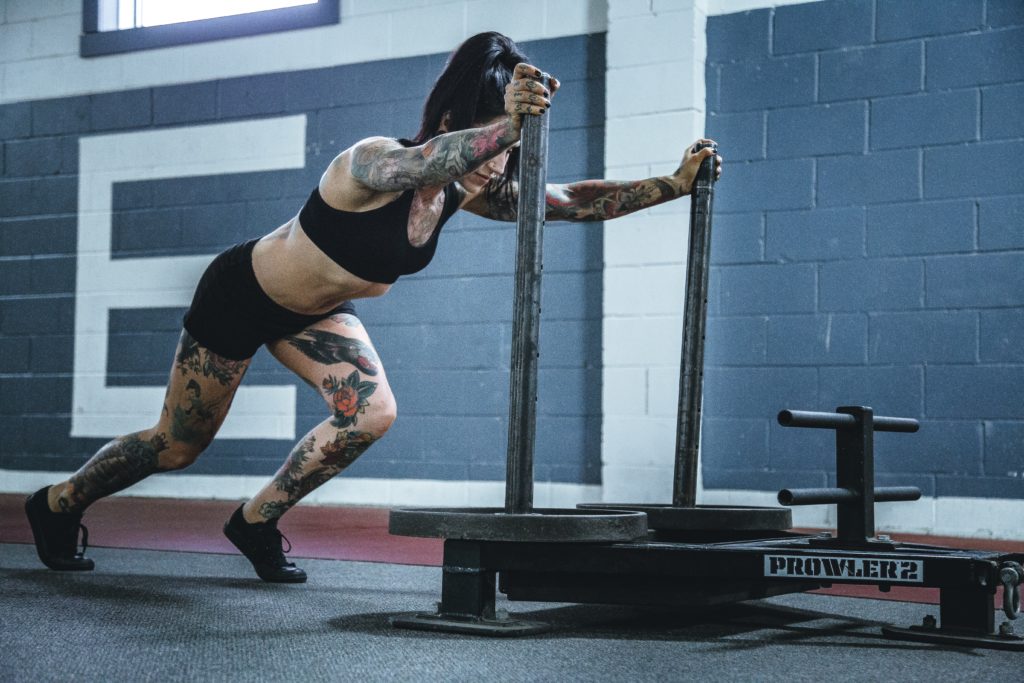The tagline on Wasatch Fitness Academy’s facade is “Improving Lives and Fitness via Quality and Intensity.” Have you ever stopped to consider the order of those words – quality and intensity? Probably not, but hours went into that tagline, and it continues to serve as a grounding point for every class, private training session, and event we run at WFA.
This emphasis sets apart from CrossFit, yet allows us to create a provide a similar stimulus. It’s also how we push our members without the injury rates sustained in other communities. And when it comes to planning for intensity, we follow a simple rule: emphasize low-WES exercises.
Let’s start with quality.
Every exercise has a basic pattern that we’re trying to achieve, and once we’ve mastered the pattern, we start working to polish the movement, and finally we personalize it. This holds true for hard-and-fast exercises, like a kettlebell swing, jumping rope, or a throw. It’s also true for slow-and-deliberate movements, like kettlebell get-ups and bottoms-up presses. And it’s true for the middle ground, such as squats and presses.
Pattern -> Polish -> Personalization
Once you’ve moved into the polish phase, you’re able to execute with a reasonable degree of quality, and the likelihood of injury is already decreased. And that’s when we’re ready to add some intensity to it. Often, that intensity comes from more reps, heavier weight, or more sets in a given time. It can also be evolving to a more challenging version via new equipment or slowing the exercise down.
Intensity comes once quality has been established.
Still, some exercises lend themselves better to conditioning work than others. That’s when you need to know WES.
When we’re fresh, we’re better able to learn new movements, especially technical skills. And when we’re tired, we’re more likely to make critical errors which could lead to an injury. So, we employ the rule of low-WES exercises when we’re targeting conditioning work.
WES is an abbreviation for “Weight-bearing,” “eccentric,” and “skill.”
Weight-bearing: how much load does the exercise place on the spine? Higher loads, especially under fatigue, are more likely to cause an error and potential injury. So we limit the amount of load on the back when we’re targeting conditioning. Down and ups are a great example of high levels of suffering with low load on the spine.
Eccentric: is the load being controlled through the negative of the movement (e.g. the down portion of a squat)? Eccentric loading, when muscles have to lengthen under load, represent another moment when the risk of injury goes up. Sandbag clean and press (dropped from the top) and ball slams (very light weight in the up phase) are good ways to suffer greatly with little (or no) eccentric load.
Skill: is concentration or focus required to execute the selected exercises? When we’re after intensity, the feeling of impending doom and the complete movement from fight into flow, we need to move without concentration on the exercises (unlike during strength training, when that concentration is desired). Sled pushes and pulls, battle ropes, and step-ups all qualify.
In short, when we’re aiming to push to the end limits of intensity, we want to use low-WES exercises. Here’s an example:
5 Rounds
- 30′ Sled Push (Body Weight)
- 30′ Sled Pull (Body Weight)
- 20 Ball Slams (30#/20#)
- 4 Down and Ups (split L/R; 1/3 BW)
- Rest 45s
Want to get in and try this one? Apply below to come and get after it.

